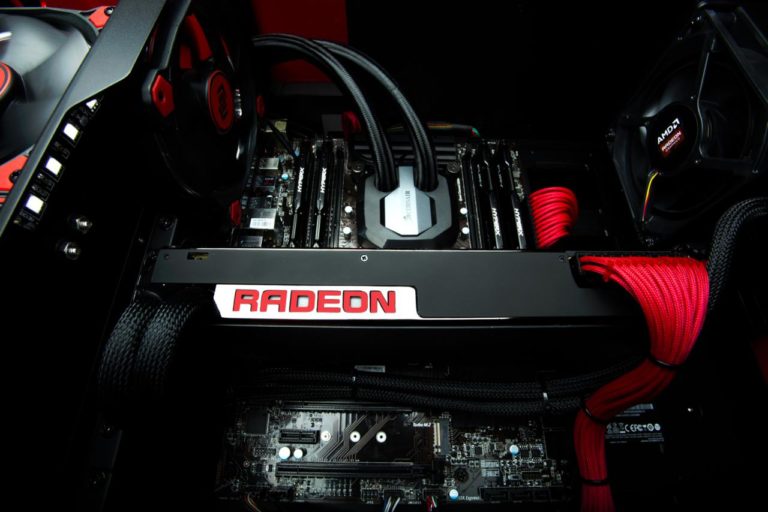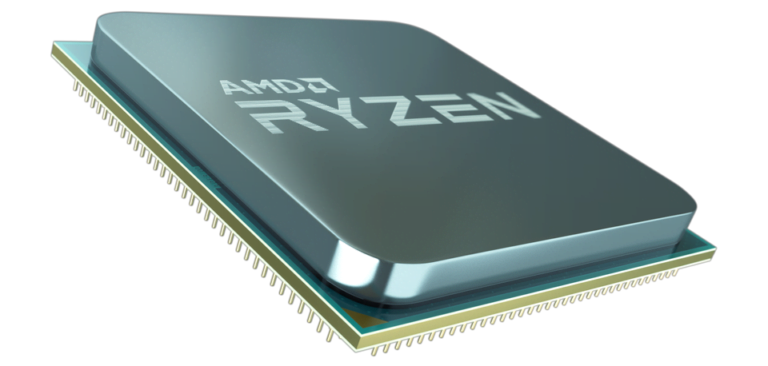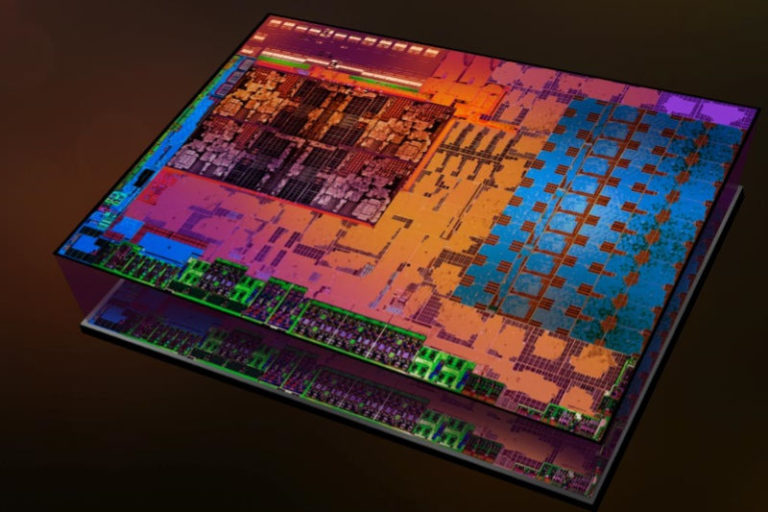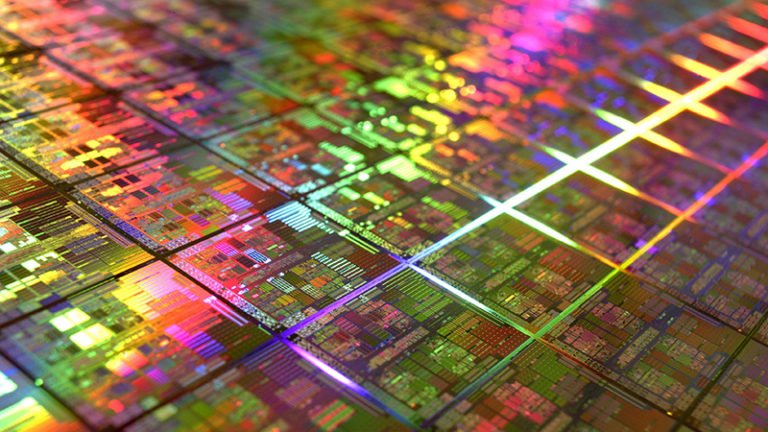AMD Radeon RX 500 series to use 14nm LPP Polaris 20 and Polaris 21 GPUs
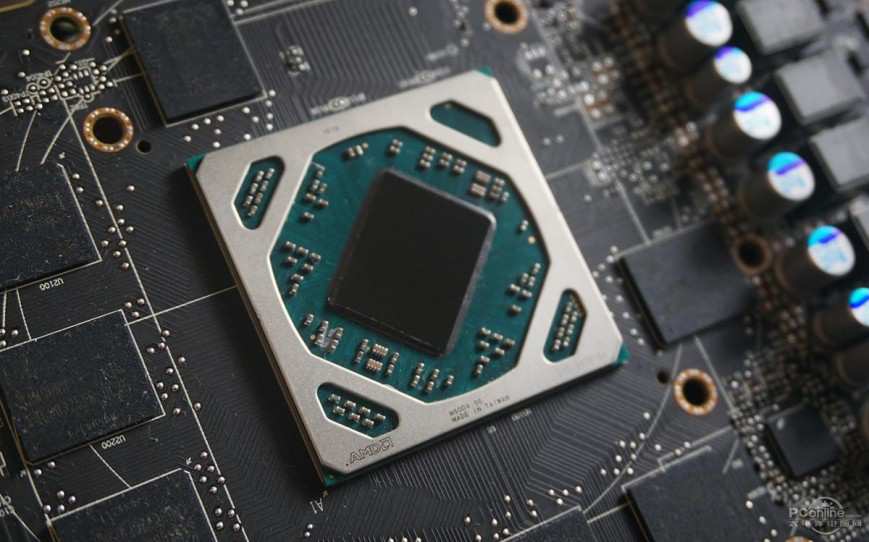
More details regarding AMD’s upcoming Radeon RX 500 series graphics cards have surfaced on the web. Reportedly, the new Polaris based rebrands will be built using the 14nm LPP process node rather than the 14nm LPE process on which the current Radeon RX 400 series cards are based upon.
Read More: AMD to unveil a new X399 16-core Ryzen CPU at Computex 2017?
Radeon RX 500 series: 14nm LPP to bring slight Improvement in Efficiency
The report comes via the generally reliable BenchLife.info, suggesting that the Radeon RX 500 series is going to be rebadged graphics family. The GPUs will be based on the same Polaris architecture, but they’ll utilize a new process node. Here’s the basic difference between the two 14nm FinFET process technologies:
- 14LPE (Low Power Early) – Early time-to-market version with area and power benefits for mobility applications.
- 14LPP (Low Power Plus) – Enhanced version with higher performance and lower power; a full platform offering with MPW, IP enablement and wide application coverage.
With the new 14nm FinFET LPP on board, the Polaris 10 GPU will be rebranded as the Polaris 20, and Polaris 11 will be known as Polaris 21. While you shouldn’t expect to see any IPC improvements, the enhanced process will enable slightly higher clock speeds at lower power consumption.
AMD Radeon RX 500 series Specs, Pricing and Release Date
The AMD Radeon RX 500 series will include the Radeon RX 580, RX 570 and RX 560 graphics cards. There have also been reports about the existence of a fourth card, the Radeon RX 550. The card is said to feature a new Polaris 12 GPU, but we’re not sure how it’s going to fit in the Polaris lineup in terms of the performance.
Read More: AMD Radeon RX Vega Reference design Leaked, Features White Backplate

AMD Radeon RX 580 Detailed
The Radeon RX 580 will be based on the Polaris 20 XTX GPU. This would be similar to many higher clocked custom variants of the Radeon RX 480 that are currently available out there. The card will feature 2304 stream processors, 144 TMUs and 32 ROPs. It is expected to be running at 1340MHz boost clock to deliver 6.17 TFLOPs of compute performance.
The card will have up to 8GB of GDDR5 VRAM clocking in at 8.0GHz, across a 256-bit bus interface. Memory bandwidth will also remain the same, that is 256GB/s for the 8GB model. You can expect the Radeon RX 580 to be priced lower than its predecessor, at around $199.
AMD Radeon RX 570 Detailed
The second Polaris based rebrand, called the Radeon RX 570, will sport a cut-down Polaris 20 XTX graphics core similar to the RX 470. It would be clocked at 1244MHz boost, delivering the compute output of 5.10 TFLOPS.
As expected, the card will come with up to 8GB of GDDR5 memory, but it will be clocked at higher 7.0GHz frequency, to yield a total of 224GB/s bandwidth. It is expected to carry a price tag of around $149.
AMD Radeon RX 560 Detailed
Unlike its predecessor which came with a locked Polaris 11 core, the Radeon RX 560 would feature a full-fat Polaris 21 GPU. It will run at a boost clock of around 1287MHz, with the compute output rated at 2.63 TFLOPS.
In terms of memory, the RX 560 would have a 4GB of GDDR5 VRAM spread on a 128-bit bus interface. You may grab the card under $100.
The Radeon RX 500 series cards are expected to be out in mid-April. This will be followed by the launch of AMD’s next generation Radeon RX Vega which is expected to happen in late Q2 2017.

